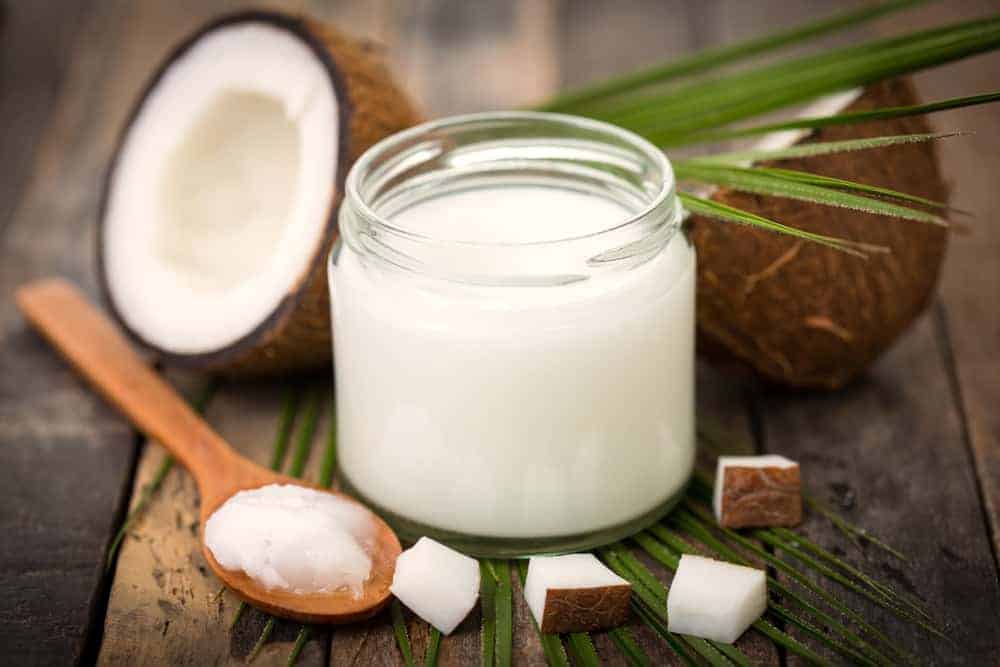Foods We May Never Taste Again if Climate Change Wins
Climate change is rapidly altering weather patterns, threatening global food security and causing dramatic losses in biodiversity. As rising temperatures, droughts, and extreme weather disrupt agriculture, some of our most cherished foods are at risk of vanishing. From chocolate to coffee, these staples may disappear from our tables if environmental shifts continue unchecked. The crisis not only impacts our diets, but also the farmers and communities who depend on these crops. Learn more about how climate change affects food at UN Climate Change – Food.
1. Chocolate (Cocoa)
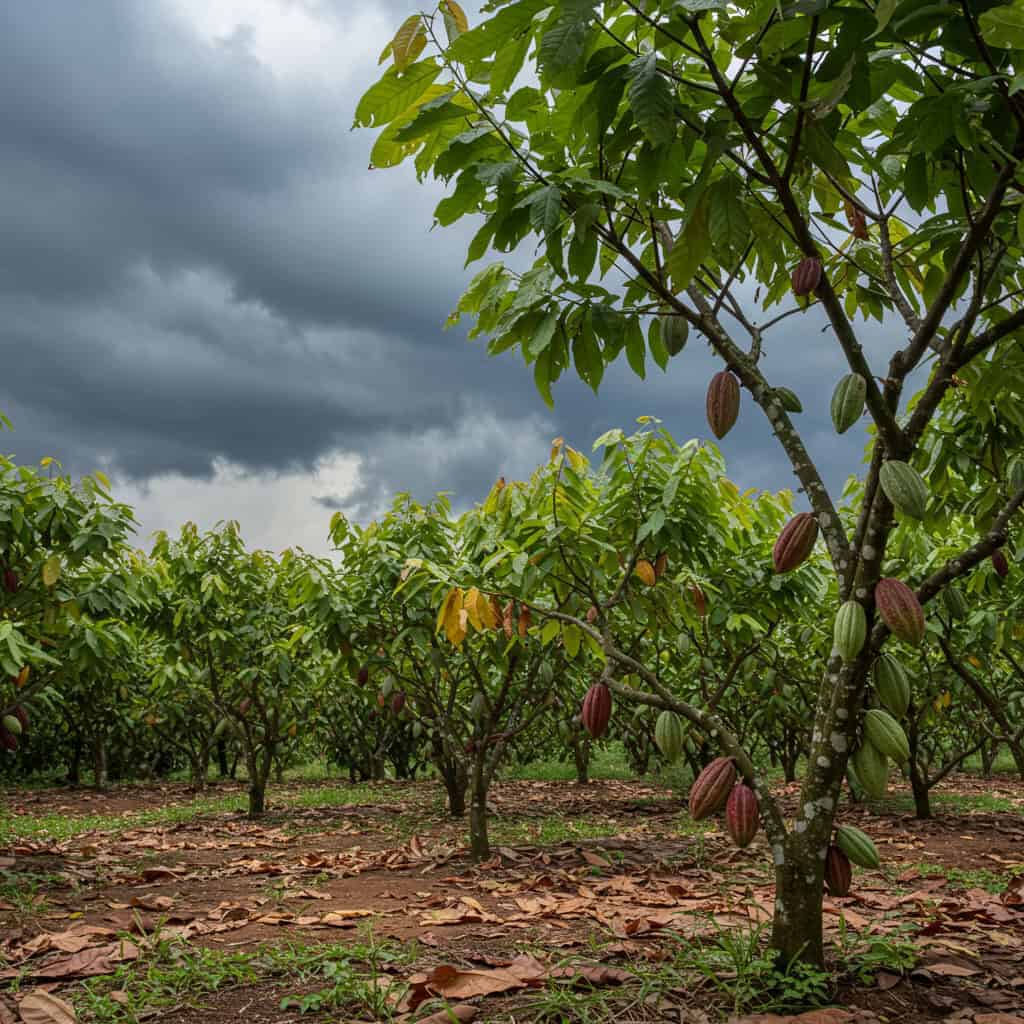
Chocolate lovers may soon face a world with less sweetness as climate change endangers cocoa crops, particularly in West Africa, which produces over 60% of the global supply. Rising temperatures, erratic rainfall, and the spread of fungal diseases are making cocoa farming increasingly difficult. These environmental pressures threaten both the availability and affordability of chocolate.
2. Coffee

Coffee is beloved worldwide, but its future is uncertain as climate change threatens its survival. Coffee plants are extremely sensitive to temperature fluctuations and the increased prevalence of pests and diseases. As global temperatures rise, farmers are forced to move cultivation to higher altitudes, significantly reducing the land suitable for coffee crops. Scientists predict that up to 60% of wild coffee species could be extinct by 2080 if current trends continue.
3. Bananas

Bananas, enjoyed by millions daily, are at great risk from climate change. The popular Cavendish variety faces threats from increasingly severe weather and the rapid spread of fungal diseases such as Panama disease. These challenges, intensified by global warming, jeopardize the future of this staple fruit. Without effective countermeasures, bananas could become scarce or even disappear from our diets.
4. Wine Grapes
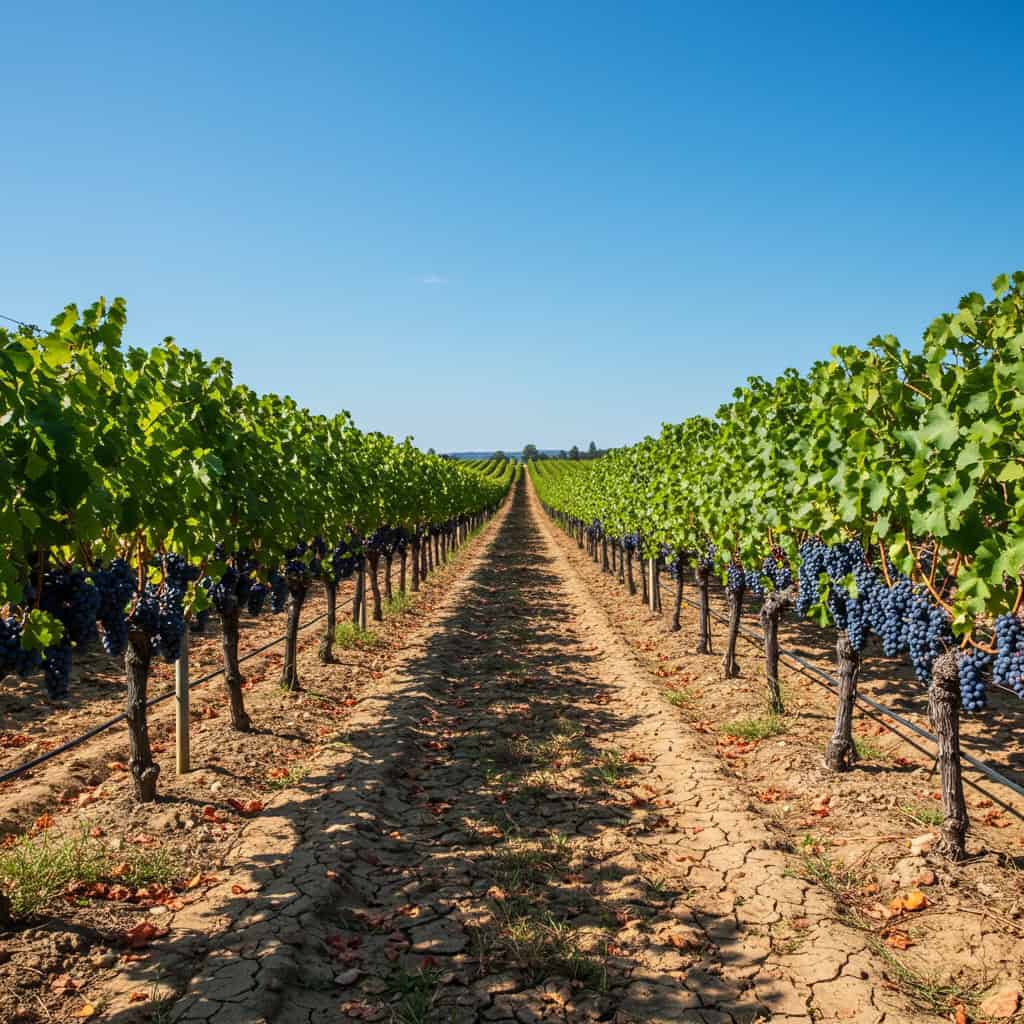
Wine grapes are highly sensitive to climate, and traditional growing regions are experiencing hotter, drier conditions that threaten both yield and flavor. Beloved varieties like Pinot Noir and Merlot may lose their signature characteristics or become impossible to grow. According to a Nature study, up to 85% of today’s wine regions could be lost if climate change continues at its current pace.
5. Honey
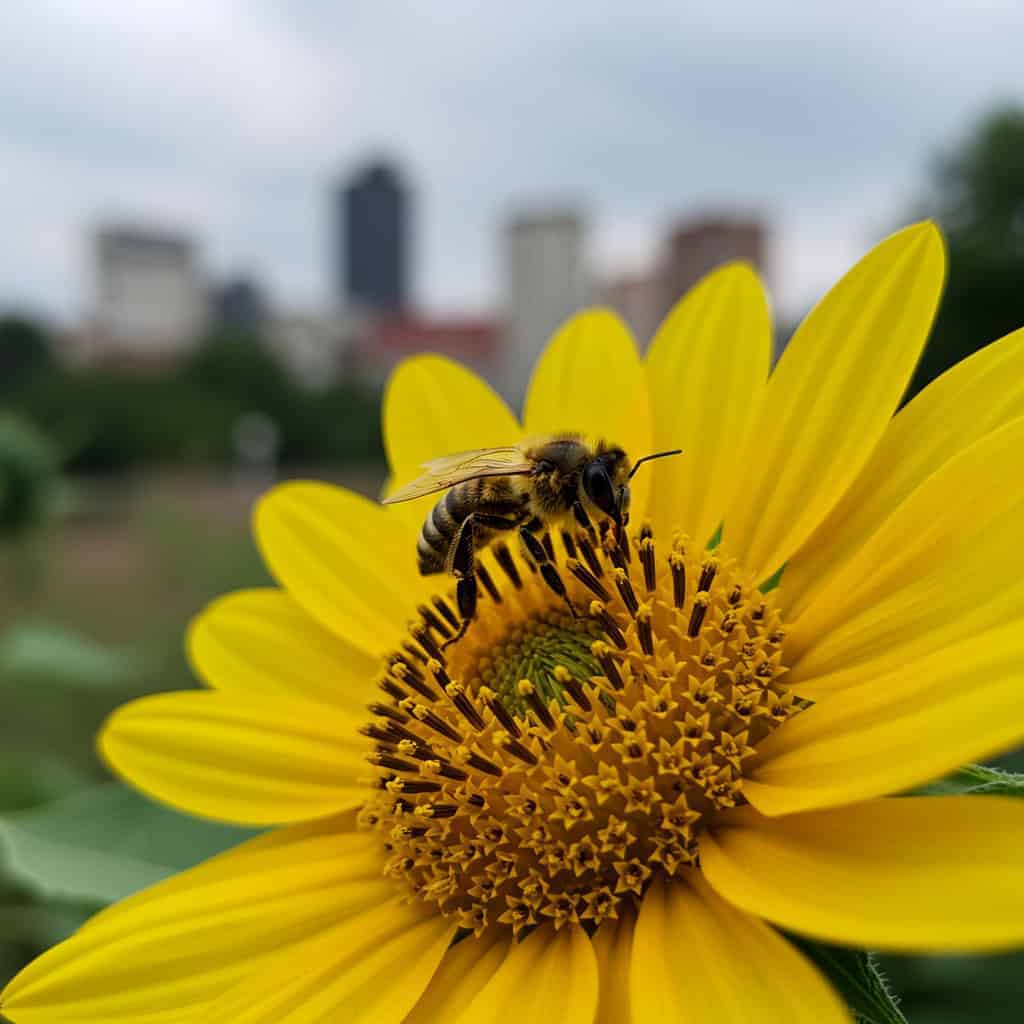
Honey is at risk as bee populations decline from the combined impacts of climate change, habitat loss, and pesticides. Bees are essential for pollination, not only for honey production but also for the survival of many crop species. Heatwaves and environmental stressors are accelerating bee deaths, posing a serious threat to both biodiversity and agriculture.
6. Avocados

Avocados have become a global favorite, but their high water demands make them particularly vulnerable to climate change. Most avocados are grown in regions already suffering from drought and water shortages. As these conditions intensify, avocado cultivation becomes less sustainable and more costly. Discover more about the challenges avocado farmers face at Reuters.
7. Maple Syrup

Maple syrup production relies on specific temperature patterns to trigger sap flow in sugar maple trees. As climate change causes warmer winters and earlier springs, the window for collecting sap shrinks, leading to lower yields. The future of the traditional maple syrup industry in North America is increasingly uncertain.
8. Rice
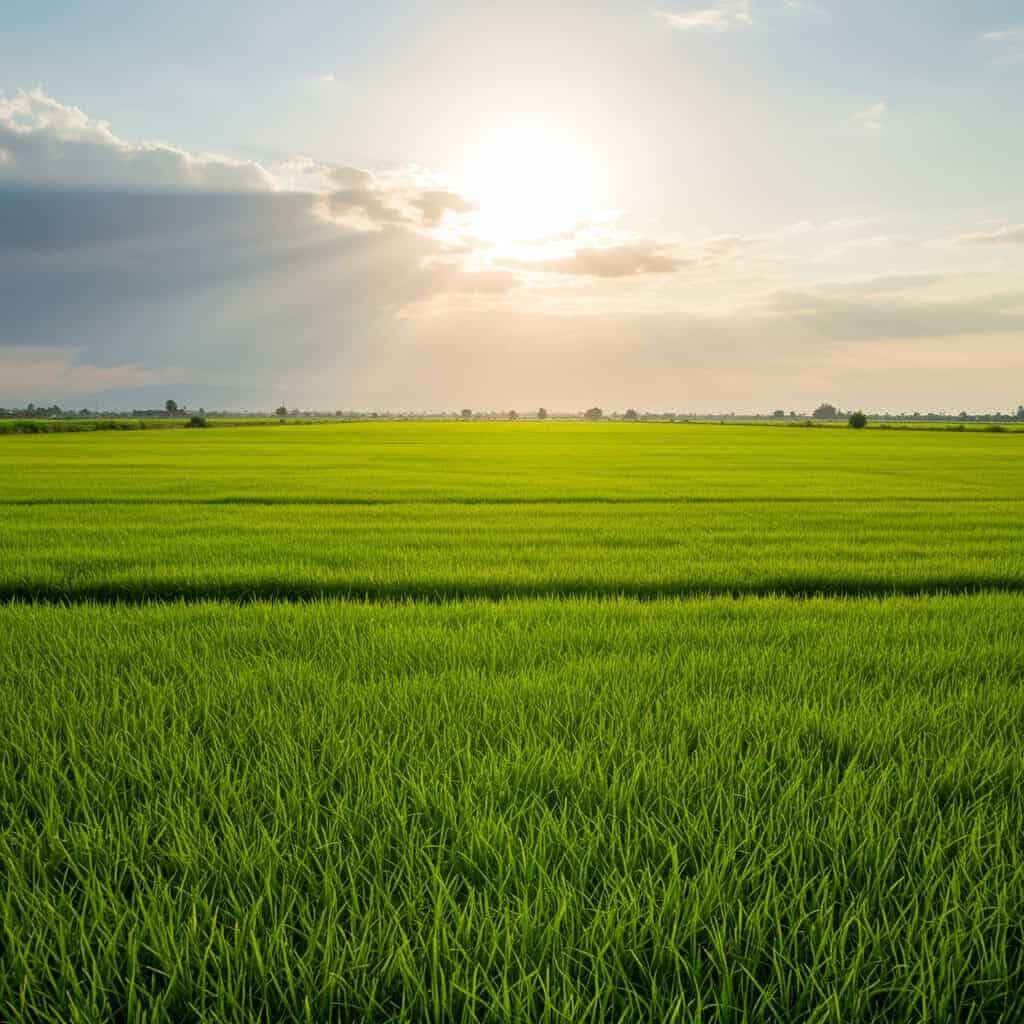
Rice feeds more than half the world’s population, yet it is highly vulnerable to shifts in climate. Changes in temperature, irregular rainfall, and increased flooding disrupt rice cultivation, reducing yields and even diminishing the grain’s nutritional value. As a result, food security for billions is at stake, especially in Asia and Africa where rice is a dietary cornerstone. Learn more about the impacts on rice at the United Nations.
9. Wheat

Wheat is a fundamental ingredient in bread, pasta, and countless other foods, but it’s increasingly at risk from climate change. Heatwaves, droughts, and erratic weather patterns are causing lower yields and raising the likelihood of crop failures worldwide. As wheat production falters, global food prices and availability could be severely affected.
10. Shellfish (Oysters, Mussels, Clams)
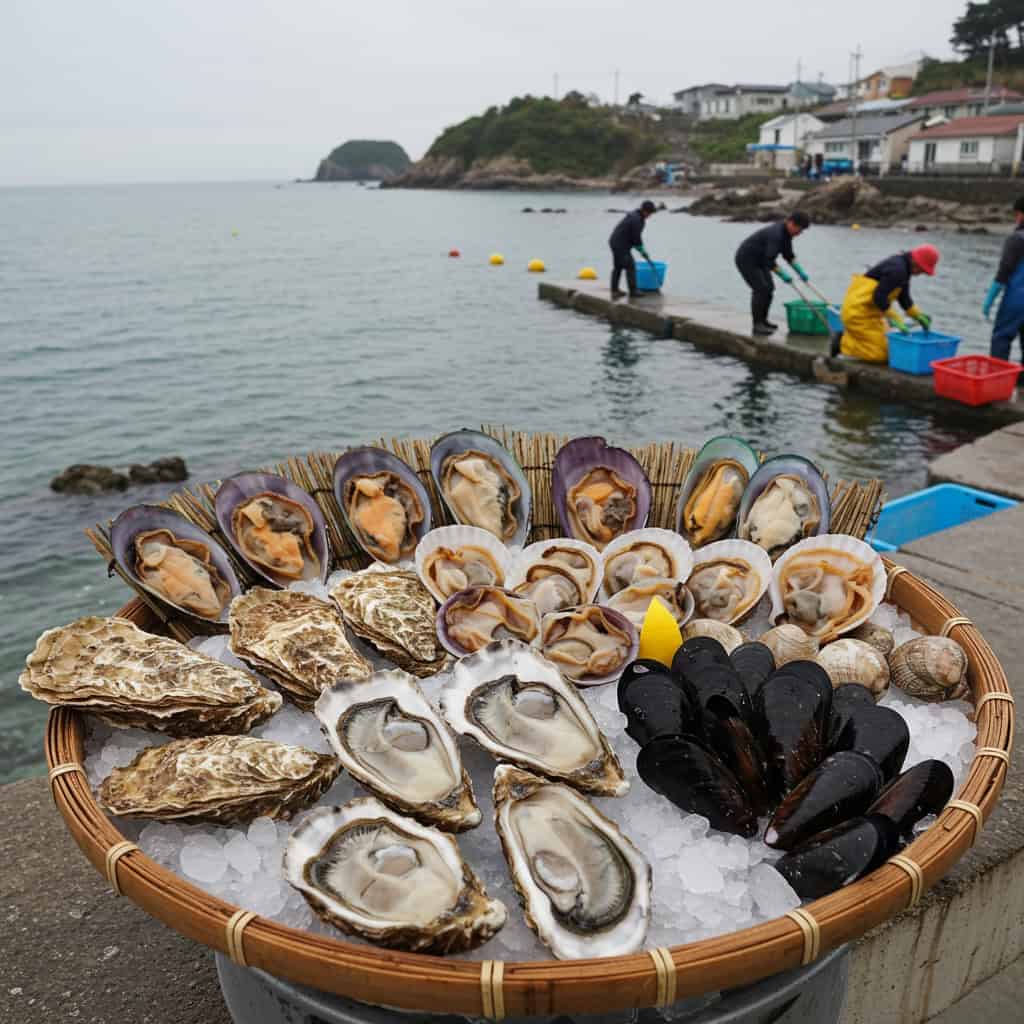
Shellfish such as oysters, mussels, and clams are under threat as ocean acidification and rising temperatures disrupt their ability to form shells and survive. These changes jeopardize not only beloved seafood dishes but also the livelihoods of coastal communities that depend on shellfish harvesting. The decline of these species could have far-reaching effects on marine ecosystems and economies.
11. Fish (Salmon, Cod, Tuna)
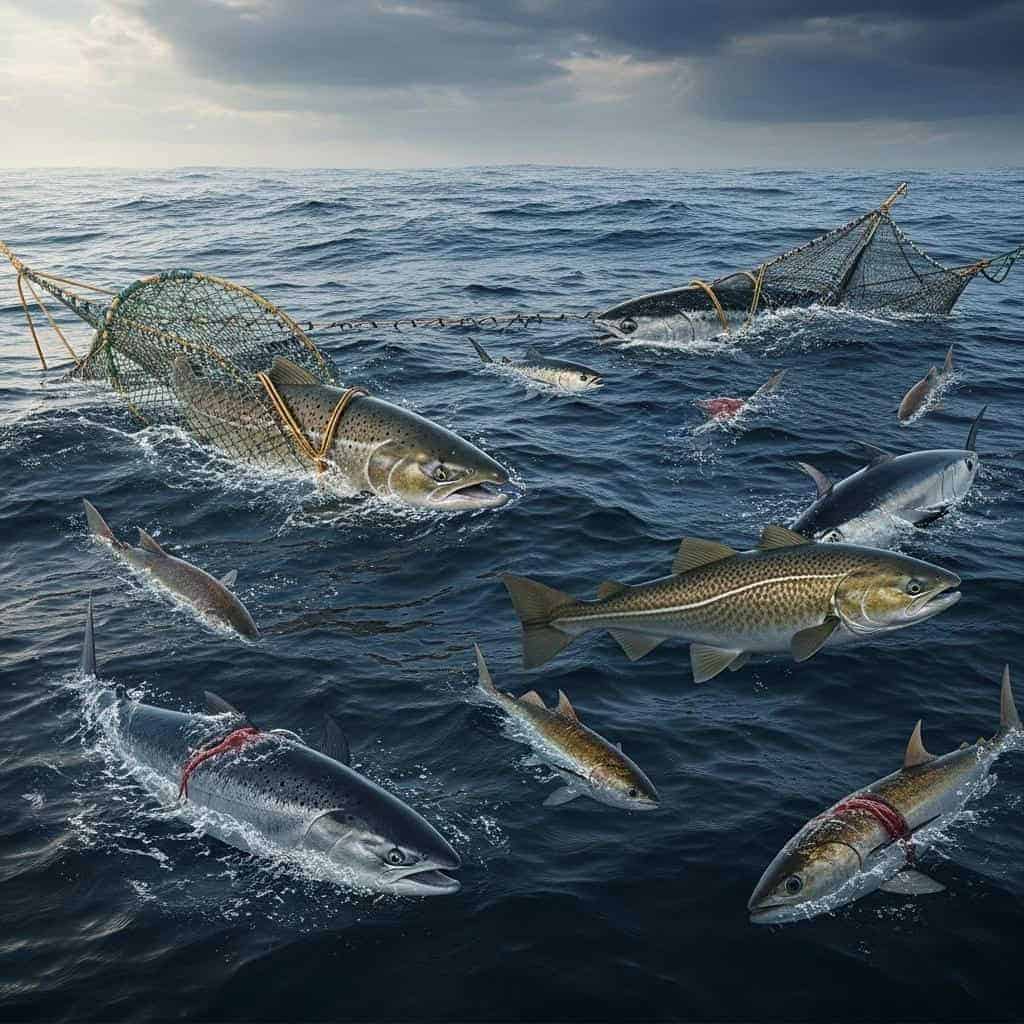
Fish such as salmon, cod, and tuna are facing dramatic declines due to a combination of overfishing, rising ocean temperatures, and shifting currents. These conditions disrupt breeding and migration patterns, making it harder for populations to recover. If climate change continues unchecked, these beloved fish could disappear from our plates, altering diets and economies worldwide.
12. Apples
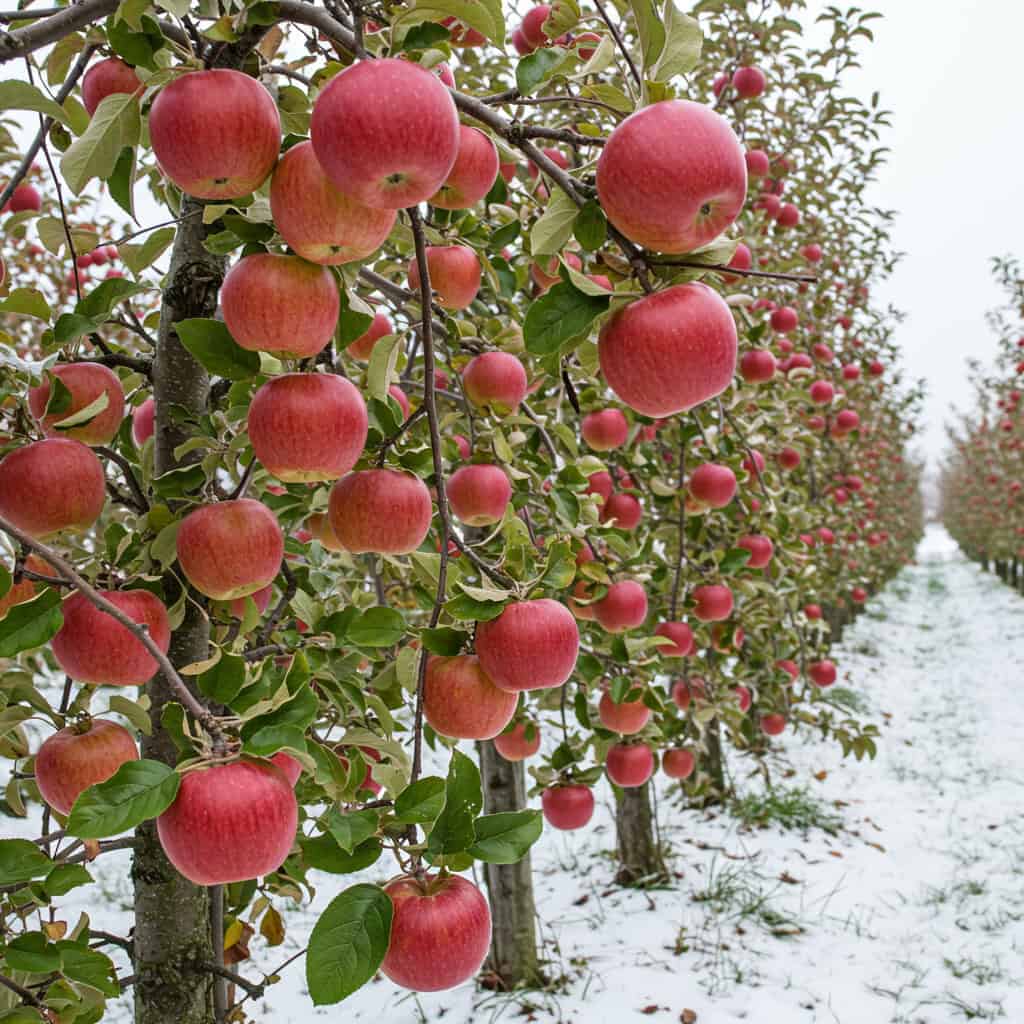
Apples depend on cold winters and stable seasonal changes to thrive. With climate change bringing warmer winters and more extreme weather, apple yields and fruit quality are declining. Beloved varieties such as Fuji and Granny Smith are particularly at risk of becoming less crisp and flavorful, or even disappearing. For further details, visit Scientific American.
13. Peanuts
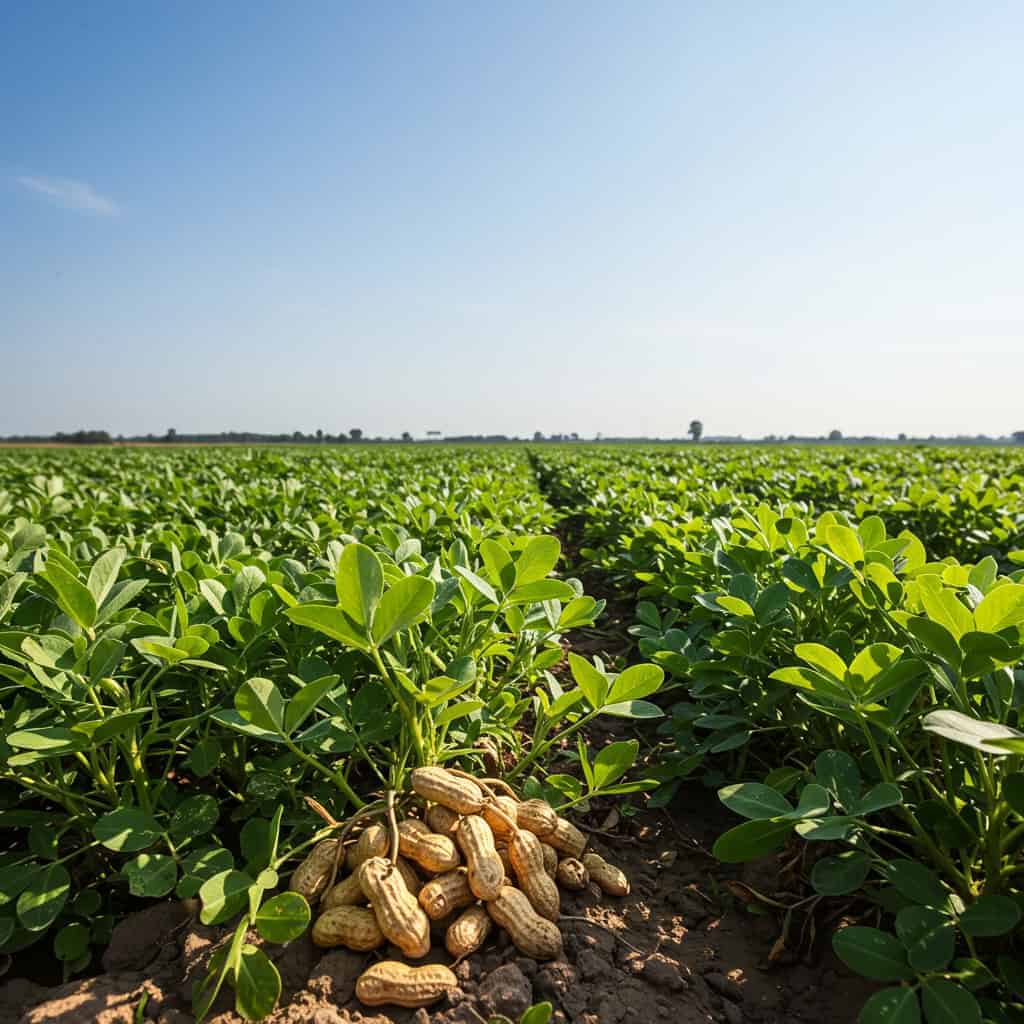
Peanuts require specific temperatures and consistent rainfall, making them highly susceptible to droughts and heatwaves brought on by climate change. As these extreme conditions become more common, the future of peanut butter and many popular snacks is increasingly uncertain. For more on how climate change threatens peanuts, visit NPR.
14. Sriracha (Chili Peppers)
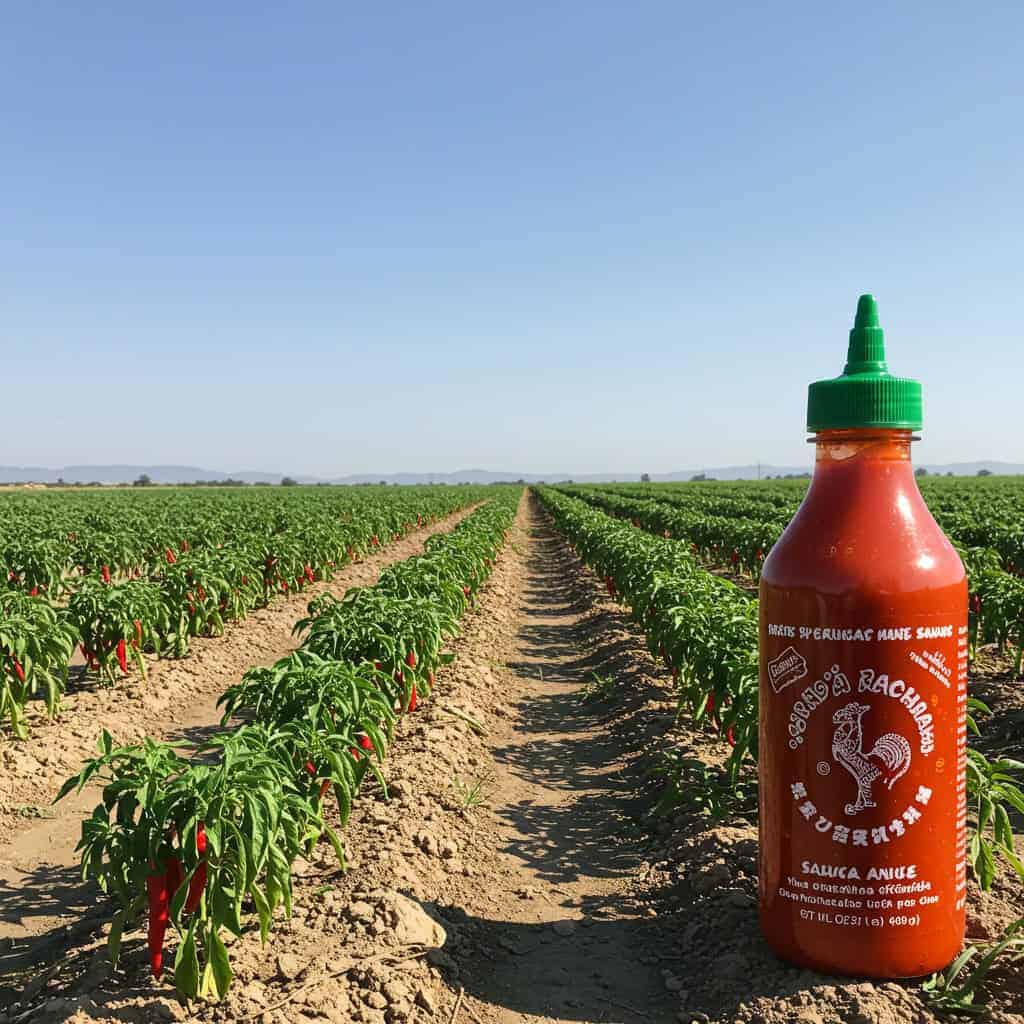
Chili peppers, essential for making Sriracha and other spicy sauces, are increasingly threatened by climate change. Drought, heat stress, and erratic rainfall patterns are making it difficult to grow healthy chili crops, leading to shortages and potential price hikes. Hot sauce enthusiasts may soon find their favorite condiments harder to come by.
Conclusion
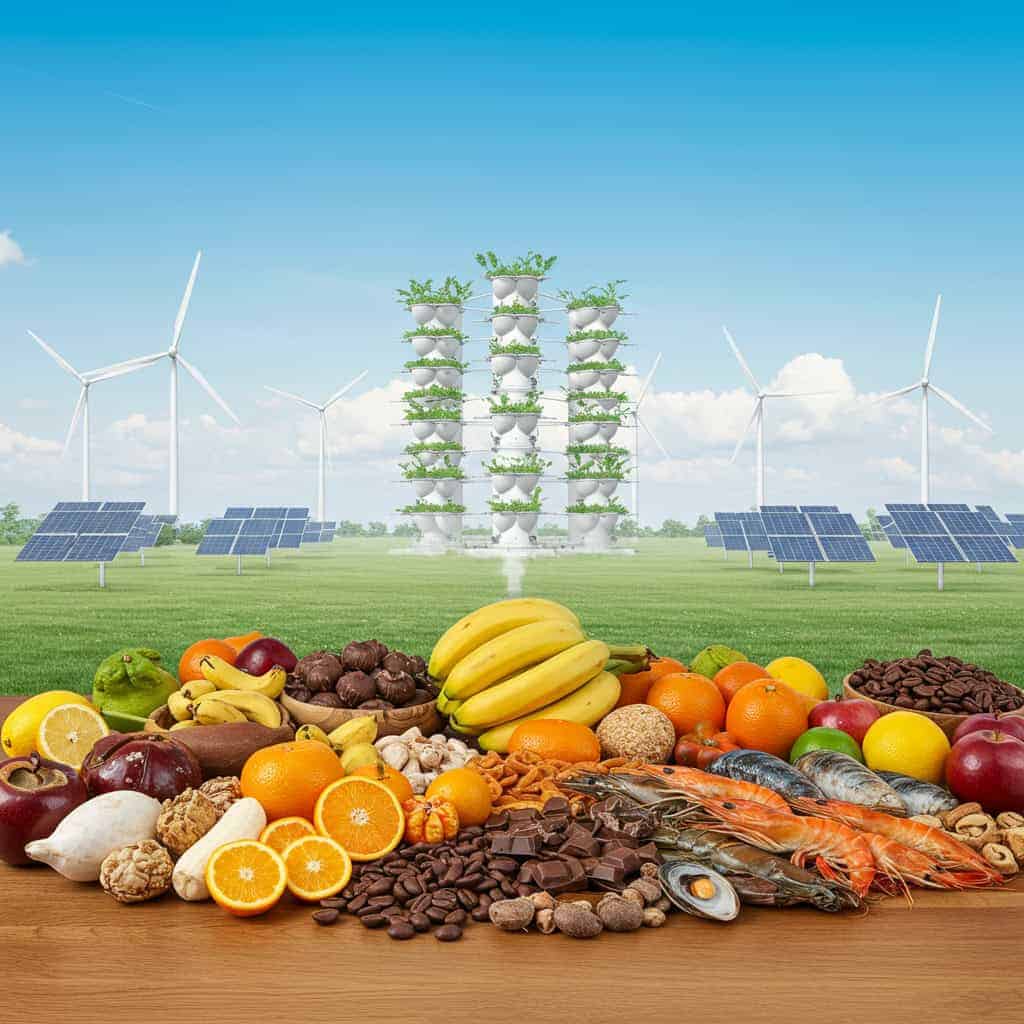
Climate change is rapidly altering our food landscape, threatening the diversity and security of what we eat. Beloved foods may vanish from our plates unless urgent action is taken to combat environmental threats. Innovation in agriculture, sustainable practices, and strong climate policies are vital to safeguard our food future. Preserving these foods means protecting the livelihoods, cultures, and well-being of generations to come.
.article-content-img img { width: 100% }



